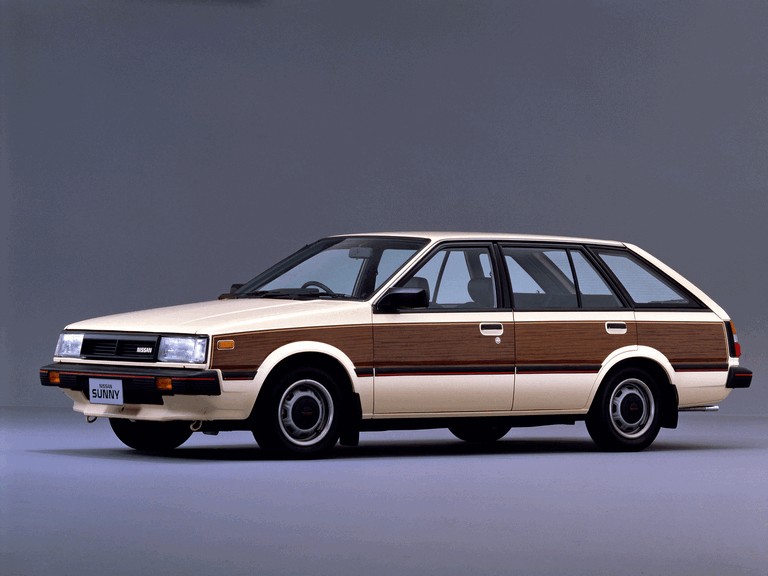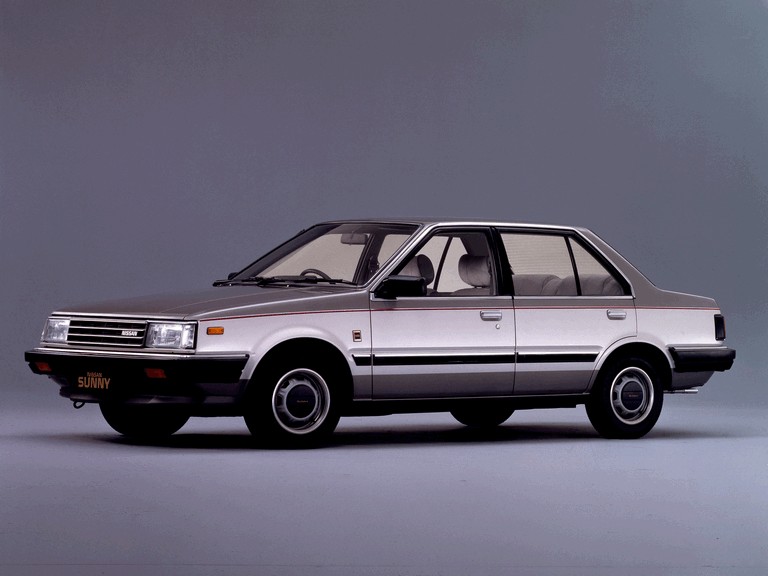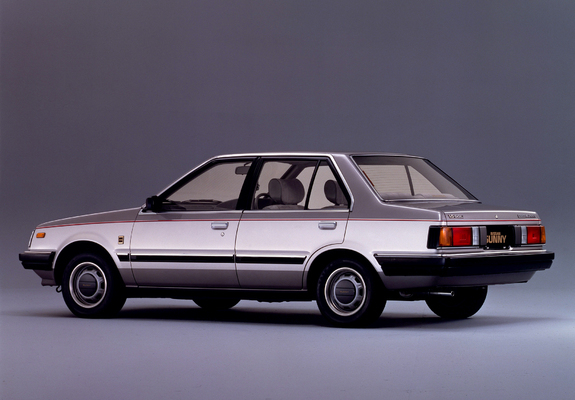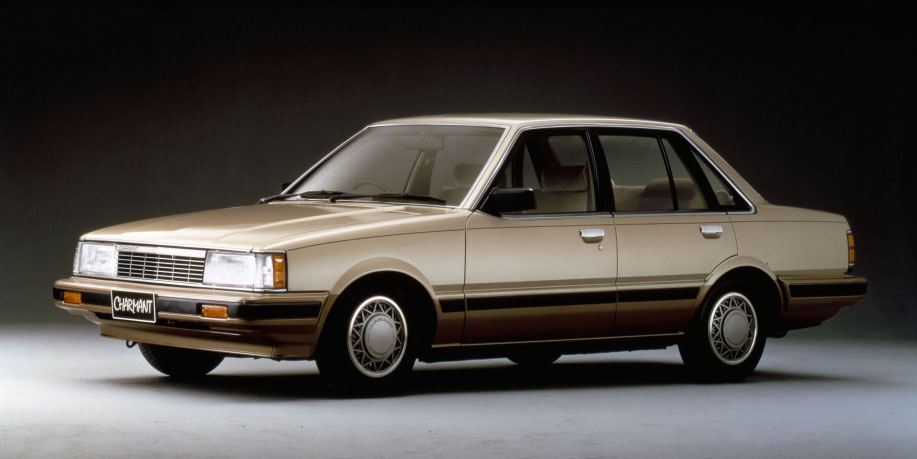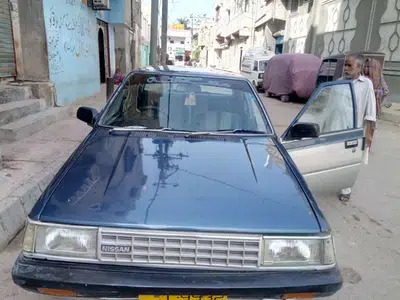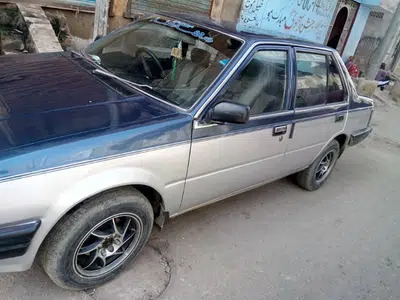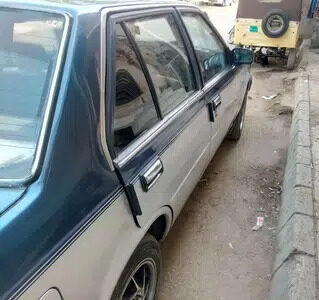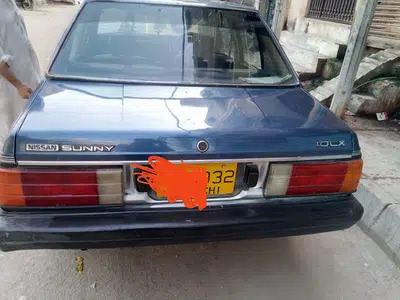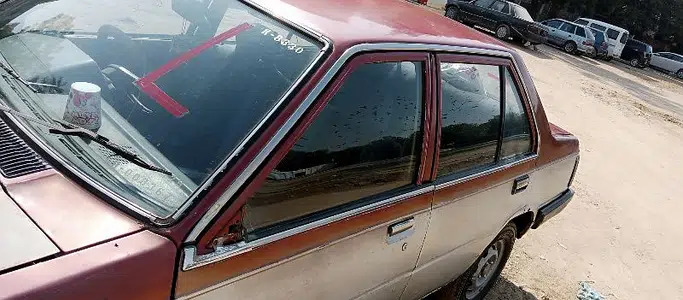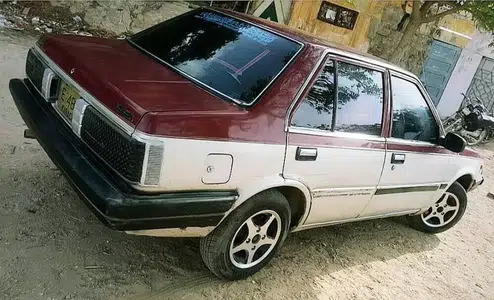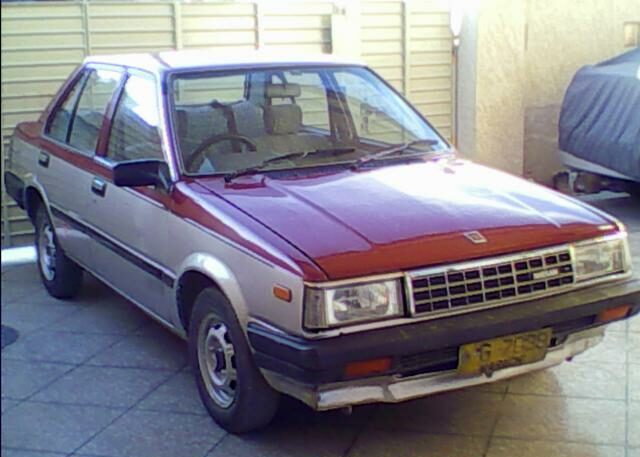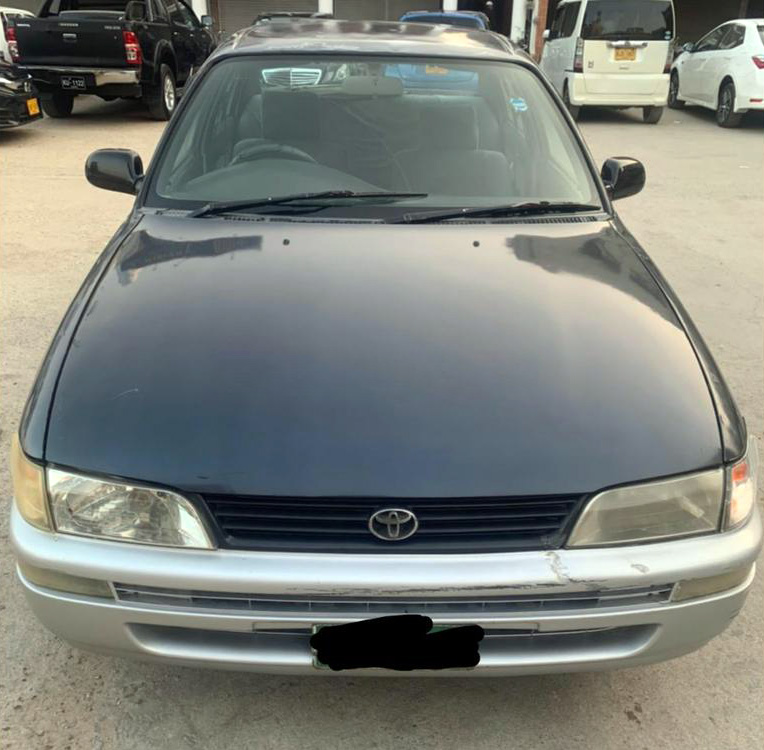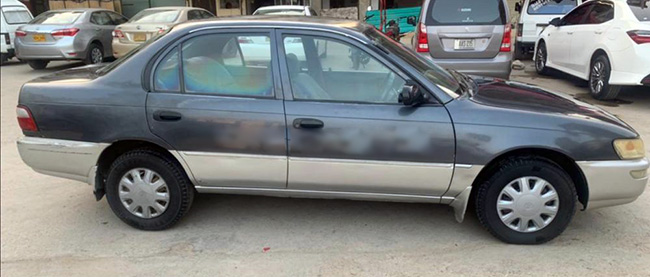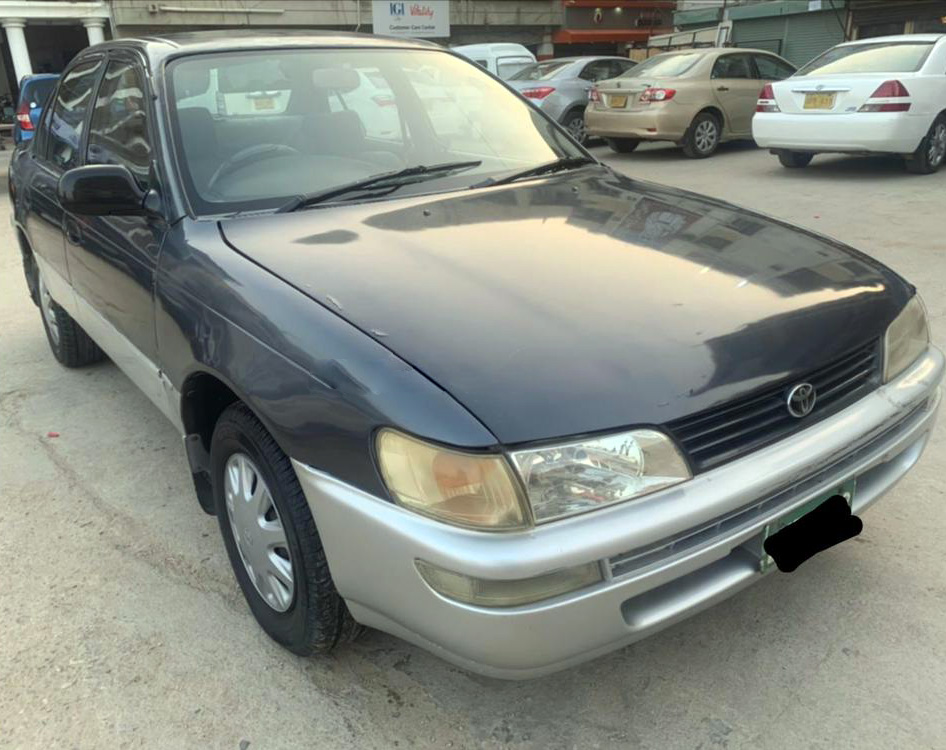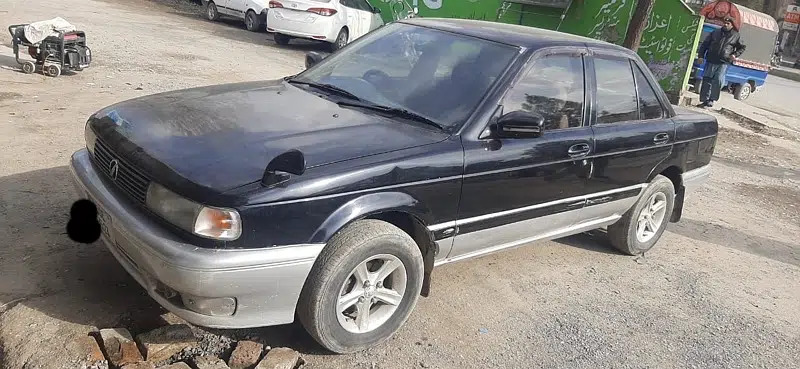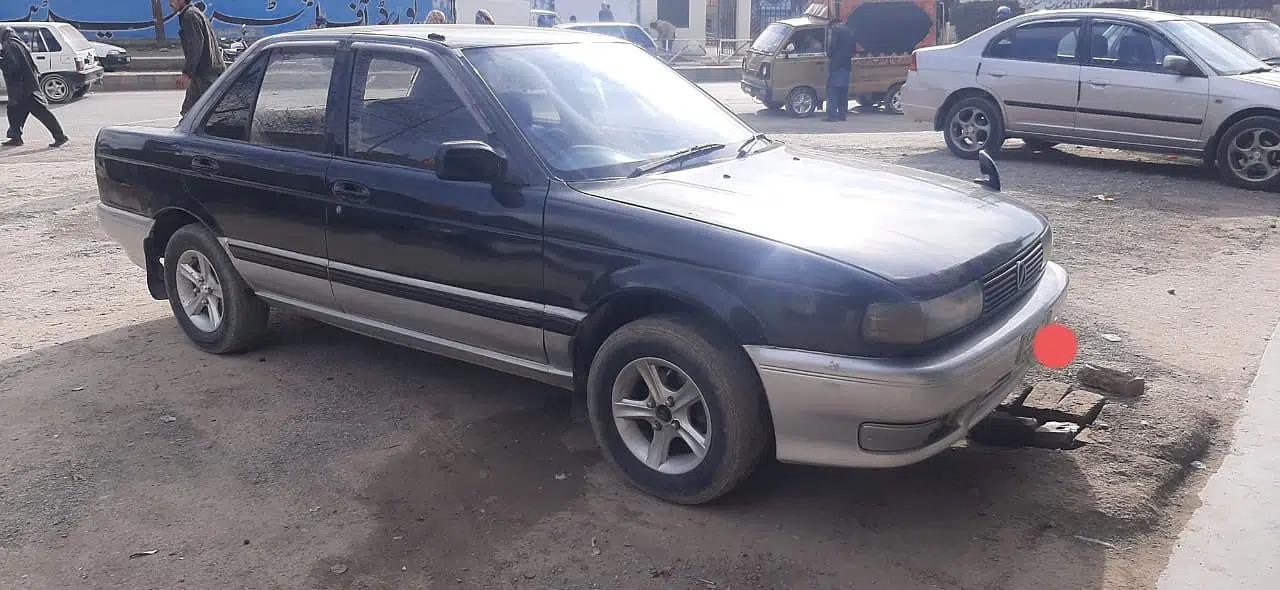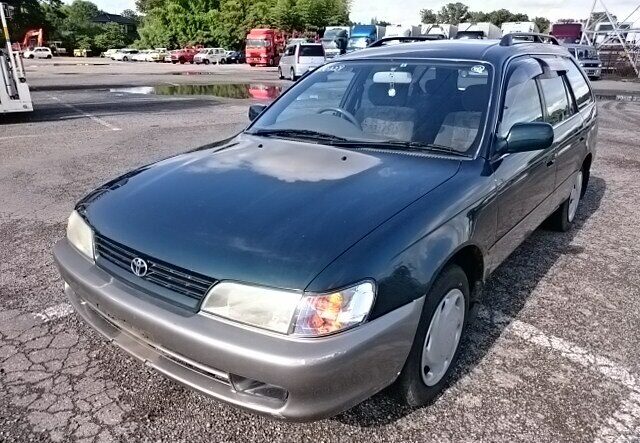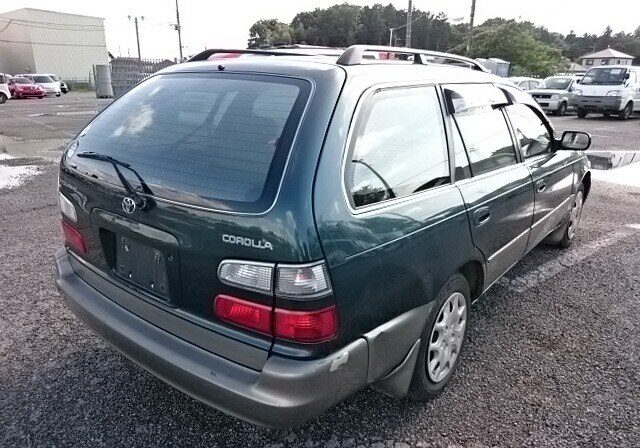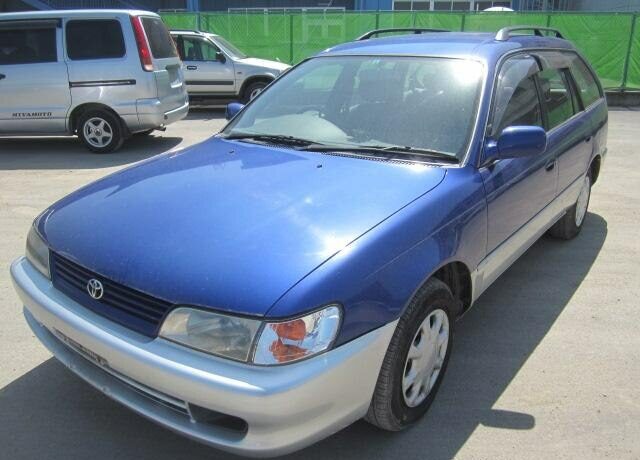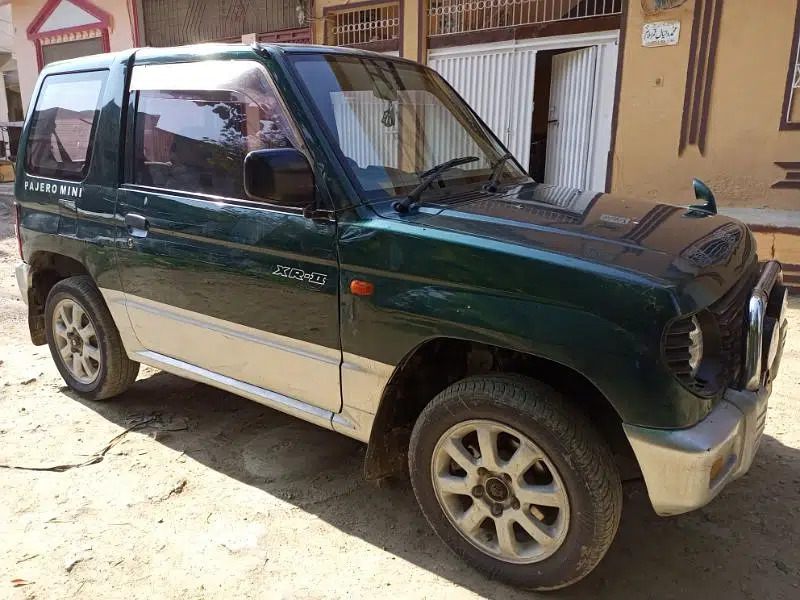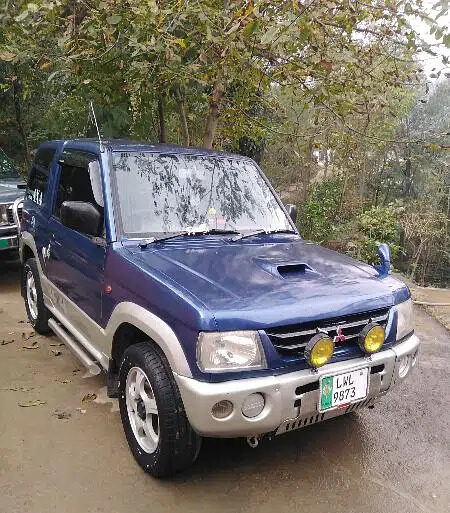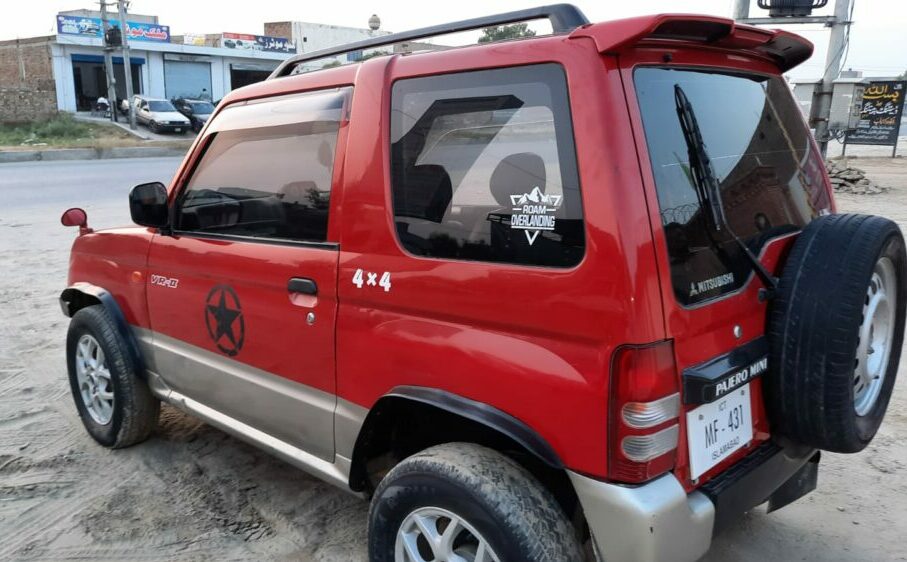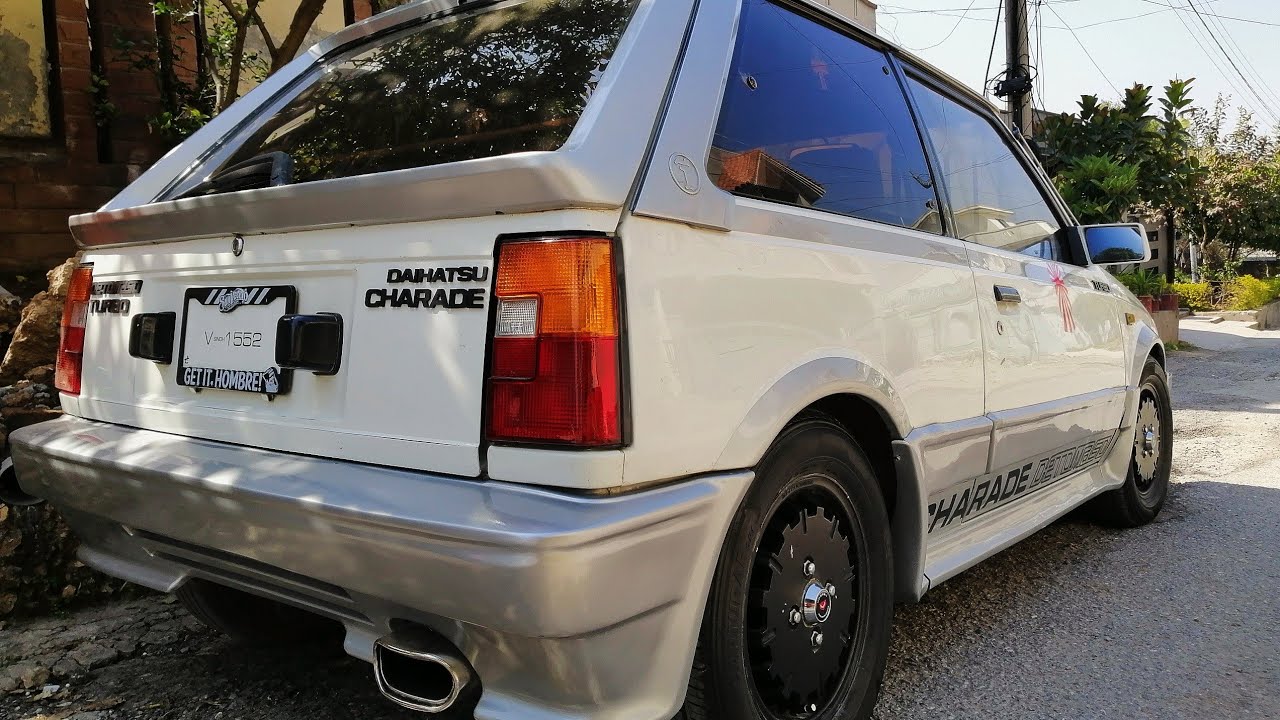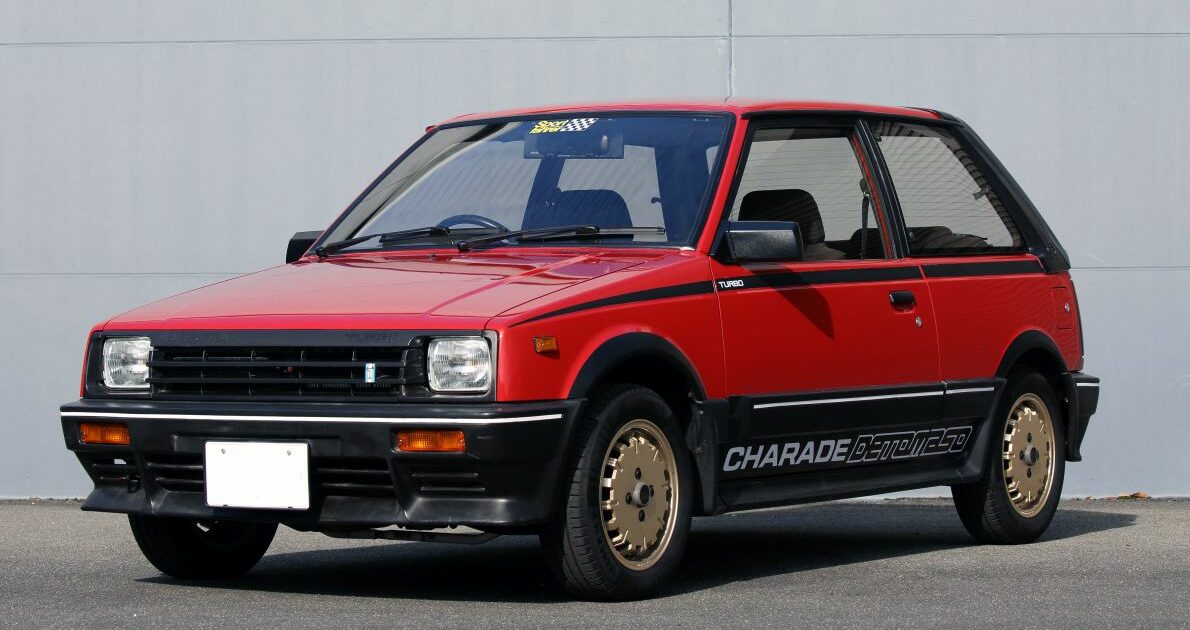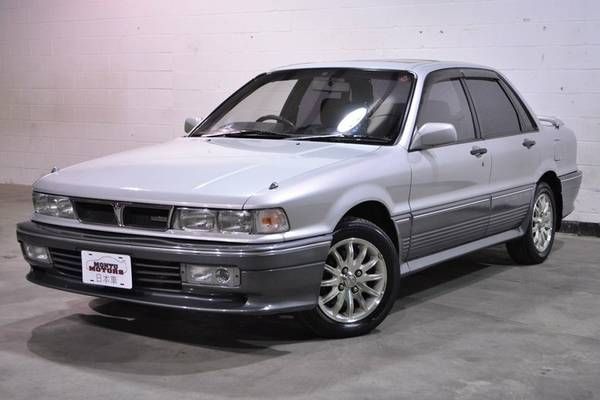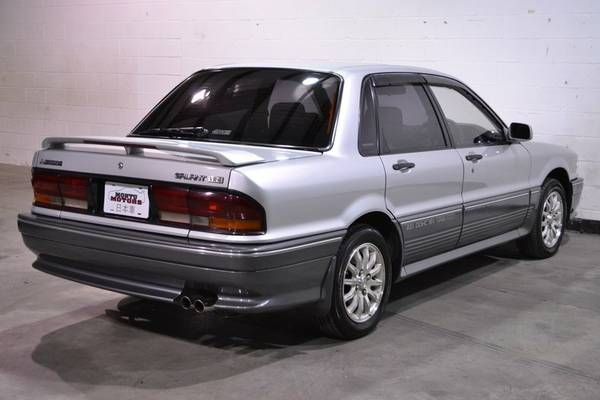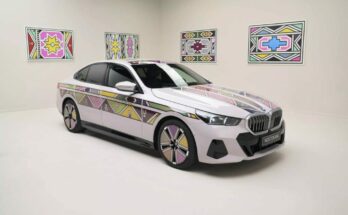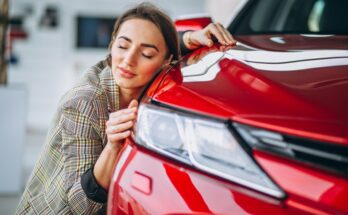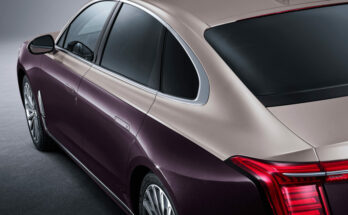Just like fashion, automobile design trends undergo constant changes. New trends emerge in place of old ones and the process never stops. From the massive use of chrome in older cars to circular light signatures in modern ones, from pop-up headlamps of the past to adding LED DRLs as standard today, automakers have kept on introducing new trends which are soon followed by others on a mass level, and more importantly, these features were not just restricted to performance or high-end luxury cars but became part of common cars for the masses.
Related: Selecting the Right Car Color
One such abandoned trend was the presence of dual-tone color scheme options offered in mainstream cars. The trend started in the 1950s and continued even towards the mid-80s with automakers often rolling out cars with dual-tone exterior colors. The palette with contrasting combinations made these cars stand out from the ordinary lot of vehicles running on the roads, and to be honest they looked classy too.
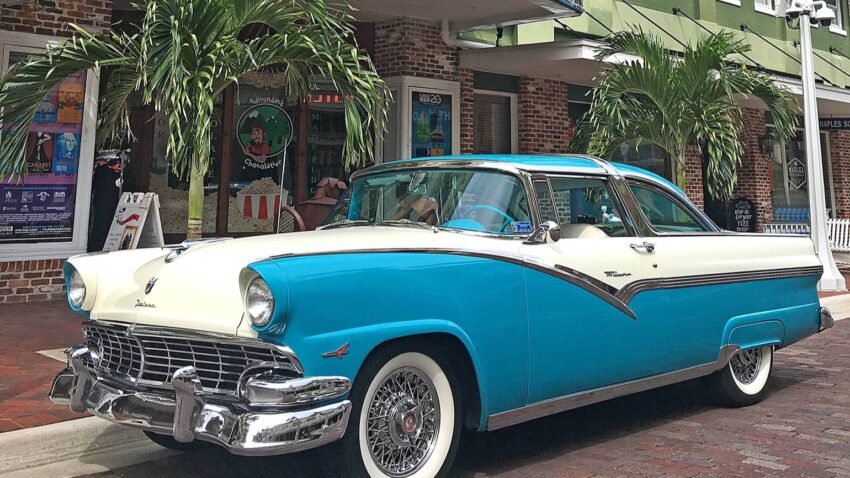
In older cars, due to bulging body parts & panels that were well differentiated from each other, it was rather easier for automakers to apply dual-tone paint schemes, however even from the 70s onward when automobile designs began to simplify, the dual-tone colors were quite common in passenger cars which was either a broad contrasting band on either side running the entire length of the car, or simply the bumpers & lower section of the vehicle in a different color.
Dual-tone colors in cars from the 1980s
This suited the simplified design language of the late ’70s & ’80s since cars of that era were being designed through CAD (Computer Aided Designing) resulting in pure geometric shapes. The most popular ones among the dual-tone paint scheme cars in our market during the 1970s & 80s were the Toyota Corolla E60, Daihatsu Charmant, Charade DeTomaso, and Nissan Sunny B11.
The Nissan Sunny B11 was a classic example of a dual-tone color with red/ silver & blue/ silver schemes being the most popular
But even during the 90s, the trend existed in our market. Especially when the Yellow Cab scheme cars were bake-painted into private use, a lot of people went for dual-tone colors mostly with the bumpers & lower section of the body painted to a contrasting tone. Daewoo Racer, Hyundai Excel and the Daihatsu Cuore went through some very tasteful treatments back in those days.
A 1997 Toyota Corolla (Indus) in dual-tone color
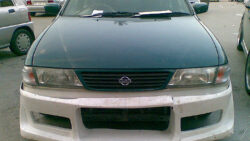
More examples of cars in dual-tone colors
With the sort of design language adopted by automakers these days, with obnoxious creases & double waistlines, dual-tone color schemes have only become a thing for performance cars or those in love to modify their vehicles.

However unlike the dual-tone cars shared above, there are some examples of black roofs applied on passenger cars these days, particularly inspired from powerful race cars that have a carbon-fiber roof. Still, it’s something that is being done as a modification rather than an original offering from the factory.
Related: The Impact of Car Color on Resale Value
What are your thoughts on the revival of dual-tone colors in mainstream cars? Do you think it’s a trend worth bringing back to the automotive market? Share your views in the comments below!

A computer animation professional with over 23 years of industry experience having served in leading organizations, TV channels & production facilities in Pakistan. An avid car enthusiast and petrolhead with an affection to deliver quality content to help shape opinions. Formerly written for PakWheels as well as major publications including Dawn. Founder of CarSpiritPK.com

